Biohacker Andrew Pelling has figured out a way to create living, functional biological objects that don’t exist in nature — without deliberately modifying DNA in any way. In one experiment, h…
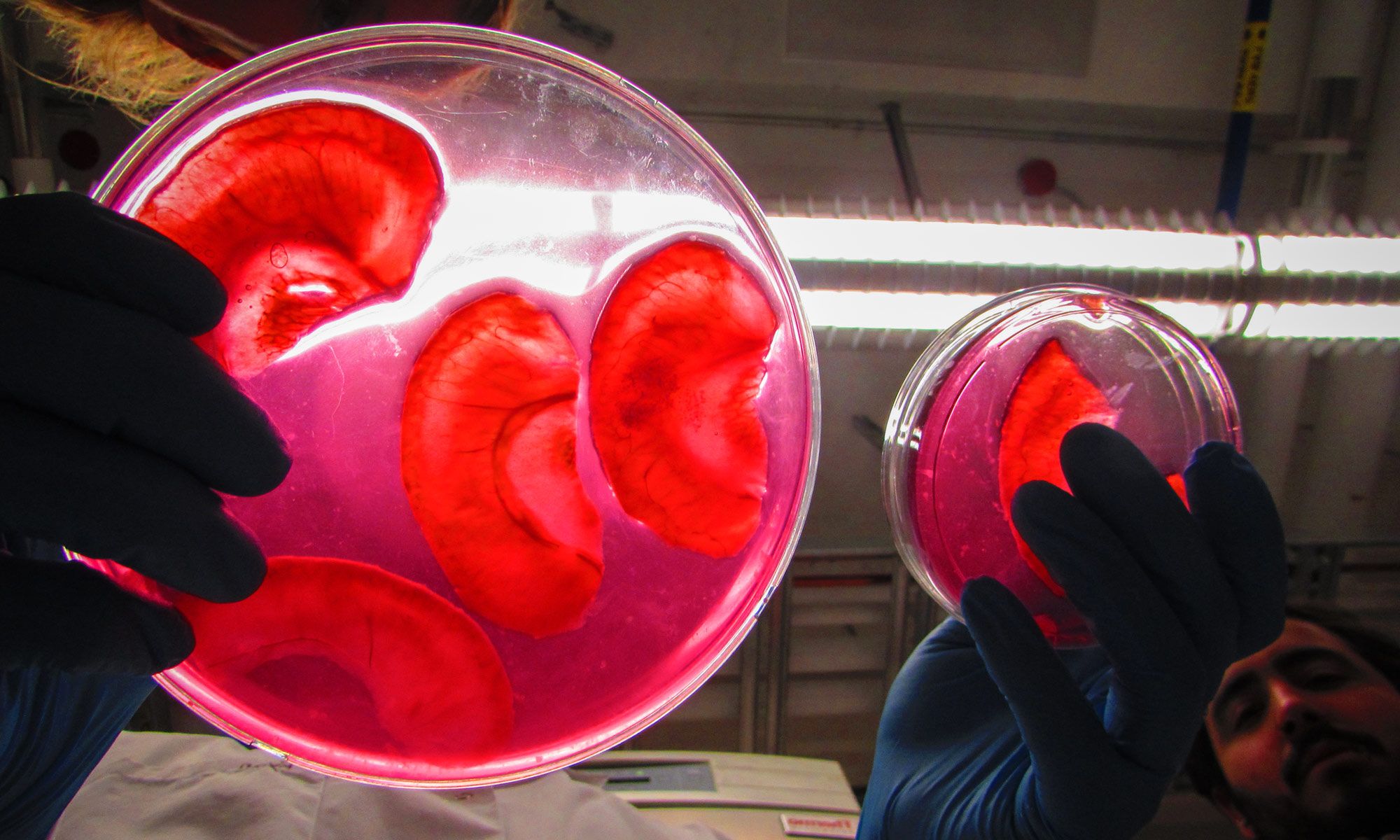

Biohacker Andrew Pelling has figured out a way to create living, functional biological objects that don’t exist in nature — without deliberately modifying DNA in any way. In one experiment, h…
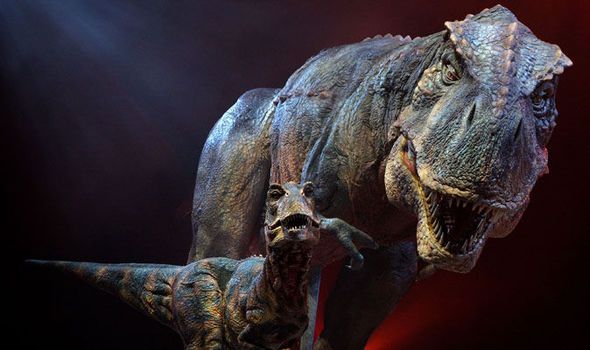
SCIENTISTS are one step closer to cloning dinosaurs after the discovering the remains of a Tyrannosaurus rex that was pregnant when it died.
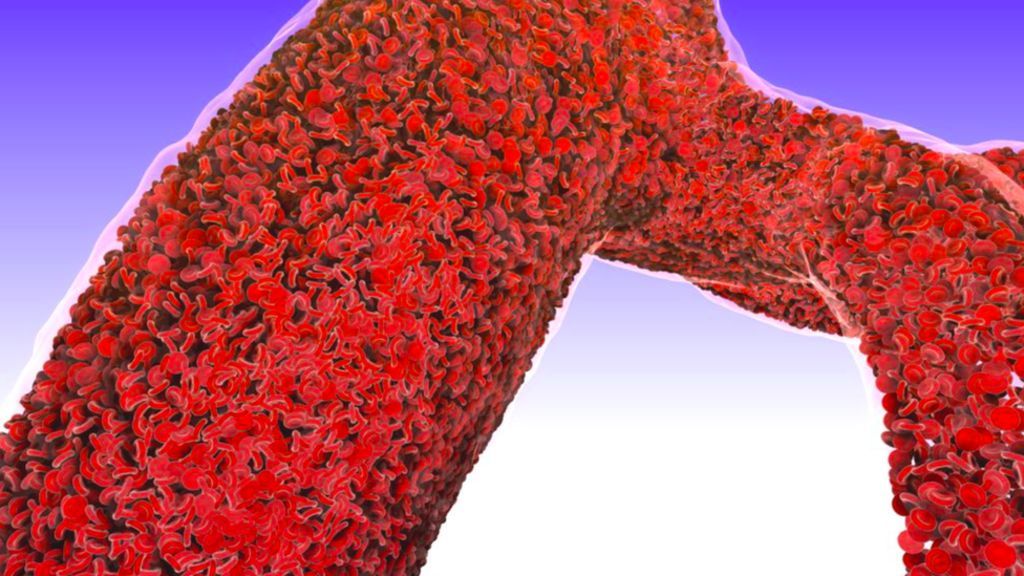
Physicists say a supercomputer simulation of blood flow around the entire human body is showing promise, based on an experimental test.

This one kind of gives me the heebie geebies.
DNA sequencing of the deceased could lead to a number of advances in health care. A group of scientists in Denmark have launched a proposal to create the world’s first national necrogenomic database.
The idea that dead men tell no tales is about to be seriously put to shame, should a newly suggested DNA registry in Denmark become reality.
The registry would collect genomic data from the recently deceased. Coupled with information of past illnesses and ailments, the new data could generate insights into hereditary diseases, genomic disease triggers, and drug efficiency.
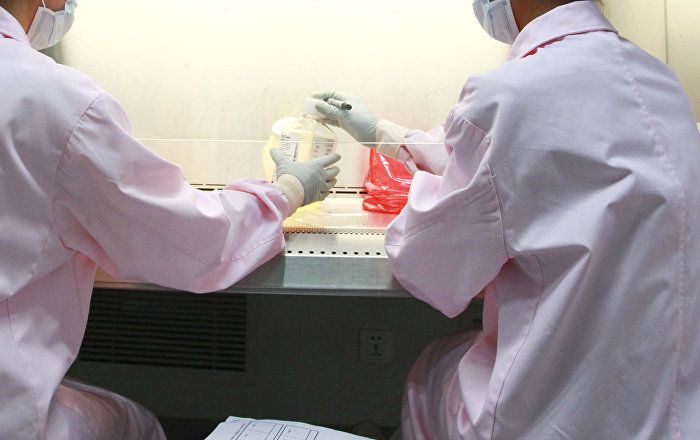
A team of Yokohama City University biologists has successfully created a tiny liver that functions as efficiently as a human one, NHK reported on Thursday.
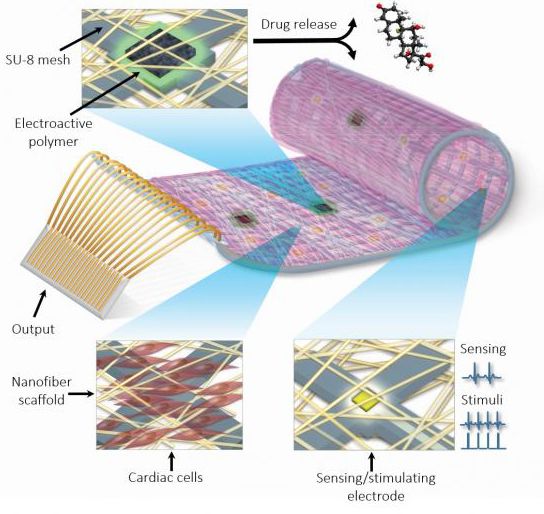
Scientists at Tel Aviv University in Israel have developed a “cyborg heart patch” for replacing injured cardiac tissue. There has been considerable research on creating scaffolds seeded with cardiac cells, but simply delivering a bunch of cells in a neat package produces underwhelming results. The new patch developed at TAU integrates electronics alongside the cellular scaffold to both monitor and influence the activity of the cells.
The device can record intercellular electrical activity and deliver pulses to make the cardiomyocytes contract to a defined beat. Additionally, the researchers demonstrated that the electrodes within the patch can be covered with drugs to provide controlled release of medication right to the nearby heart cells.
This is certainly an impressive achievement that may herald a truly therapeutic approach for treating cardiac infarcts and other conditions of the heart.
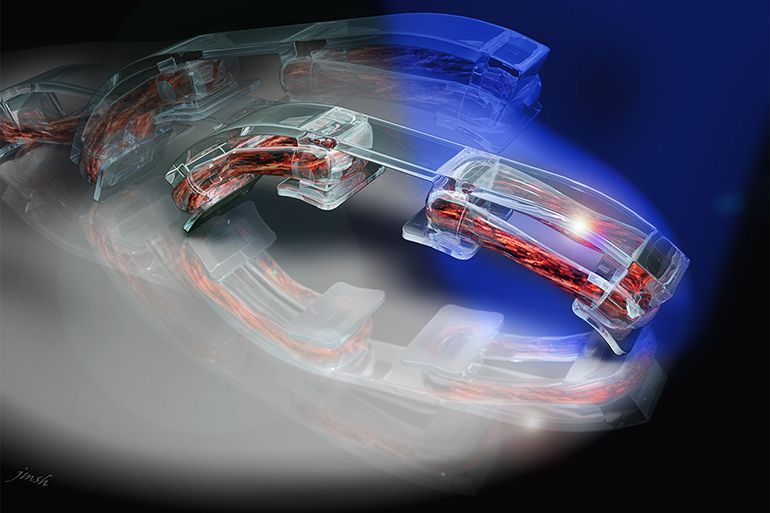
March 16th, 2016 ![]() Editors Nanomedicine
Editors Nanomedicine
Biologically powered robots may one day be used to perform surgical procedures, deliver drugs, and maybe to even make humanoid overlords for us mortals. A big step toward that was taken by researchers at University of Illinois at Urbana-Champaign who used light-activated muscle cells as the power source to make tiny bio-bots.
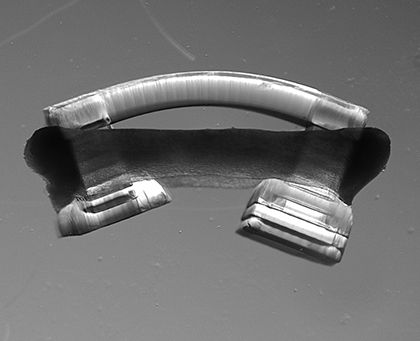 The optogenetic technique published in Proceedings of the National Academy of Sciences relies on genetically engineered mouse muscle cells that were made to contract in response to blue light. Rings of these cells were placed around a 3D printed flexible rods of different lengths between two and seven millimeters. When light was illuminated over the mechanism, the biobots contracted and walked in a certain direction. Various lengths and configurations were tried to achieve the best walking results. Moreover, the researchers were able to change the direction of the walking bio-bot.
The optogenetic technique published in Proceedings of the National Academy of Sciences relies on genetically engineered mouse muscle cells that were made to contract in response to blue light. Rings of these cells were placed around a 3D printed flexible rods of different lengths between two and seven millimeters. When light was illuminated over the mechanism, the biobots contracted and walked in a certain direction. Various lengths and configurations were tried to achieve the best walking results. Moreover, the researchers were able to change the direction of the walking bio-bot.

Chinese scientists have developed a nano-sized electric generator that can disappear without a trace inside the human body over time, a breakthrough they claim will bring biodegradable implants on microchips closer to reality.
The technology, reported on the latest issue of Science Advances journal, will have a wide range of applications as it can generate electric pulses to repair damaged neurons and power “brain chip” implants for soldiers in the future, pundits said.
At present, most implants must be surgically removed at the end of their lifespan. To address this issue, a number of small electric devices made from biodegradable materials that can absorbed by the human body after use have been developed around the world.
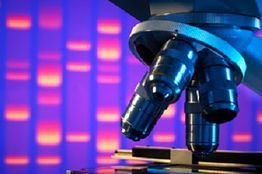
Rethinking of cytotoxic/immunosuppressive chemotherapy mixing with immune-based therapeutics.
Investors’ Soapbox PM
Cancer therapy may see major shift.
There’s evidence cytotoxic/immunosuppressive chemotherapy can be combined with immune-based therapeutics.

Eat plenty of “real” pure Maple Syrup from VT or Maine; and reduce Alzheimers.
Alzheimer’s prevention may be closer — and tastier.